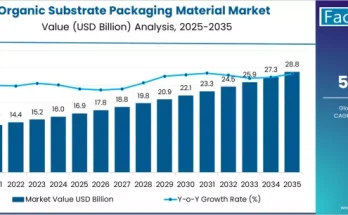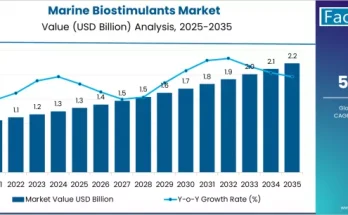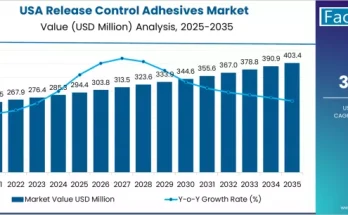The automotive lubricant market is essential for boosting vehicle performance, minimizing engine wear, and supporting sustainability efforts. Lubricants have come a long way from just being friction reducers; they now enhance efficiency, prolong engine life, and cater to the needs of today’s mobility landscape.
With the rapid advancements in vehicle technology, stricter environmental regulations, and the rise of electric and hybrid vehicles, lubricant manufacturers are innovating at a fast pace to keep up with the diverse requirements of various automotive powertrains.
Automotive Lubricant Market Overview
Automotive lubricants encompass engine oils, transmission fluids, gear oils, greases, and specialty fluids that are specifically designed to enhance vehicle performance. The demand for these products is fueled by the increasing number of vehicles on the road, tougher emission standards, and the growing need for eco-friendly, high-performance solutions.
Digital tools, like IoT-enabled monitoring systems, are improving predictive maintenance capabilities, allowing for real-time tracking of lubricant conditions, which helps reduce downtime and maintenance costs.
Key Drivers of Automotive Lubricant Market
- Advanced Lubricant Formulations: Synthetic and semi-synthetic oils provide better thermal stability, longer drain intervals, and enhanced engine protection. Innovations in additive chemistry and nanotechnology are allowing lubricants to perform well under extreme conditions and in various applications.
- Sustainability and Emission Compliance: The global push to cut down greenhouse gas emissions is driving the adoption of low-viscosity and bio-based lubricants. These products not only boost fuel efficiency but also lessen environmental impact.
- Electrification: With the rise of electric and hybrid vehicles, there’s a growing need for specialised fluids for cooling, battery protection, and transmission systems. Manufacturers are working on developing lubricants that are compatible with EVs to meet these new demands.
- Aftermarket and Fleet Maintenance: An ageing global vehicle fleet and a heightened focus on reducing total ownership costs are propelling aftermarket demand. Fleet operators are increasingly turning to innovative solutions to maintain their vehicles efficiently.
Automotive Lubricant Market Regional Insights
North America: This region is leading the way in adopting synthetic lubricants and ensuring compatibility with advanced engines, thanks to its well-established automotive technology and a strong demand in the aftermarket.
Europe: Here, the emphasis is on bio-based and recyclable lubricants, driven by stringent sustainability and emission regulations.
Asia-Pacific: The fastest-growing area, where vehicle ownership is on the rise and there’s a growing interest in fluids that are compatible with electric vehicles.
Latin America & MEA: Emerging markets are witnessing a surge in demand for aftermarket products and sustainable lubricants.
Trends Shaping the Market
Digitalization: With IoT and AI-powered systems, predictive monitoring and timely lubricant maintenance are becoming the norm.
Sustainable Lubricants: The focus is on biodegradable and low-toxicity formulations that help reduce environmental impact.
OEM Partnerships: Companies are collaborating to create co-branded products that deliver engine-specific performance.
Electric Mobility: Specialized thermal management fluids for electric vehicles are becoming increasingly important.
Advanced Additives: New additives are being developed to improve oxidation resistance, anti-wear protection, and cleanliness.
Competitive Landscape
The market is buzzing with competition, featuring global brands, regional players, and innovative start-ups all vying for a piece of the pie. Companies are diversifying their portfolios, forming strategic partnerships, and adopting sustainable practices like re-refining used oils. Collaborations with OEMs and fleet operators boost credibility, while digital retail platforms make products more accessible.
Future Outlook
In the coming decade, the automotive lubricant market is set to evolve alongside trends in vehicle electrification, smart mobility, and sustainability. Lubricants will transition from being mere consumables to essential components that enhance performance and promote environmental responsibility. Companies that invest in innovation, eco-friendly solutions, and digital integration are likely to lead this change.
Conclusion
The automotive lubricant market is stepping into a new era marked by technological progress and sustainability. From traditional engine oils to fluids designed for electric vehicles, lubricants will remain crucial in driving performance and environmental stewardship.



